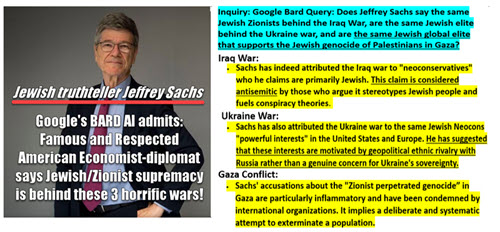Pay no mind to the Mossad agent on the line.
By Philip Giraldi
After Israeli spy Jonathan Pollard was sentenced to life in prison in 1986, the U.S. negotiated an understanding with Israel—a “gentlemen’s agreement” —stipulating that neither nation would thenceforth conduct espionage operations in the other’s territory without consent. But the agreement was a sham from the beginning. The Israeli government didn’t even honor its commitments in the aftermath of the Pollard case, failing to return the estimated 360 cubic feet of stolen information to enable the U.S. to conduct a damage assessment. The United States, for its part, continued to recruit and run agents inside Israel throughout the 1980s and 1990s. And it was known within the intelligence and counterintelligence communities that Israel did the same in the United States. David Szady, the FBI’s assistant director for counterintelligence, was so dismayed by the level of Israeli spying in the late ’90s that he called in the head of the Israeli Embassy’s Central Institute for Intelligence and Special Activities (Mossad) office and told him, “Knock it off.”
Pollard’s name was in the news again on April 22, when former U.S. Army weapons engineer Ben-Ami Kadish was arrested for passing secrets to Israel. Kadish had been an agent run by Yosef Yagur, who directed Pollard. Yagur, under cover as a science attaché at the Israeli Consulate General in New York, fled the U.S. in 1985 after Pollard was arrested, but remained in touch with Kadish.
The arrest revived suspicions that Israeli agents might still be operating inside the U.S., most particularly “Mega,” whose cover name was revealed in an NSA-intercepted conversation between two Israeli intelligence officers. “Mega” was clearly at the policymaker level, as Kadish and Pollard frequently sought files by name or number. Someone more senior in Washington appeared to be directing the Israeli handlers toward sensitive information. Whoever “Mega” was, he is still at large.
For more




